Integrated Pest Management (IPM) is a sustainable decision-making process that uses information on pest biology, environmental data, and technology to manage pest damage in a way that minimizes both economic costs and risks to people, property, and the environment.
- Prevent unacceptable levels of pest damage
- Minimize the risk to people, property, infrastructure, natural resources, and the environment
- Reduce the evolution of pest resistance to pesticides and other pest management practices
IPM provides effective, all-encompassing strategies for managing pests in all arenas, including all forms of agricultural production, military landscapes, public health settings, schools, public buildings, wildlife management, residential facilities, and communities. This also includes public lands including natural, wilderness, and aquatic areas.
IPM Roadmap

For strategic directions for IPM research, implementation, and measurement, check out the National IPM Road Map. The goal of the road map is to increase adoption, implementation, and efficiency of effective, economical, and safe pest management practices, and to develop new practices where needed.

